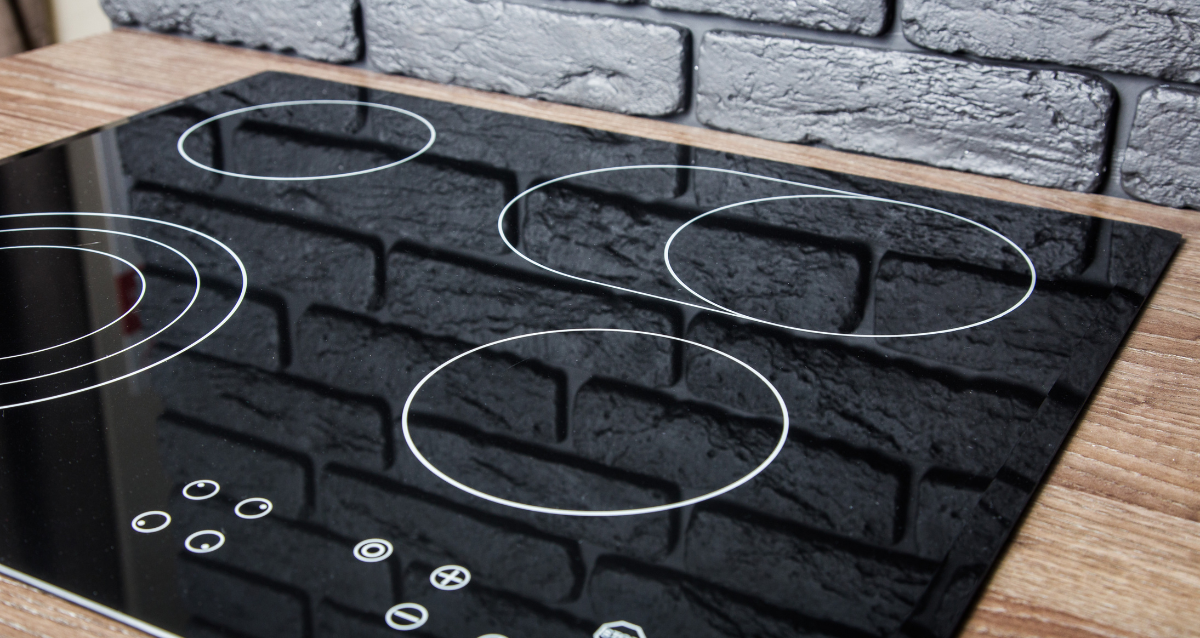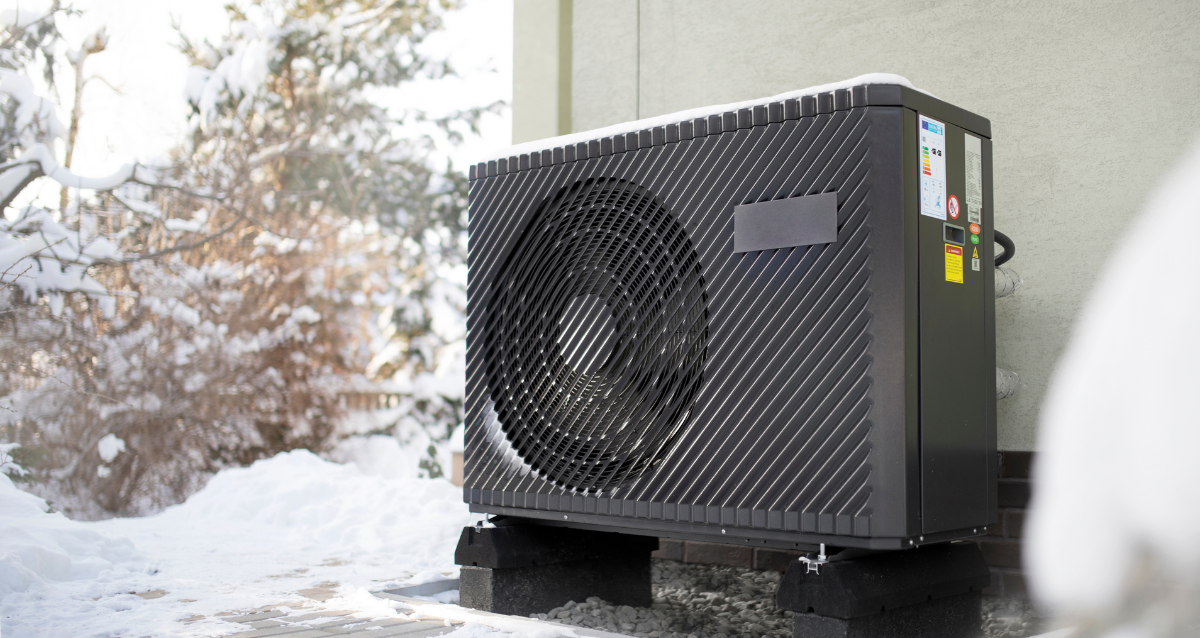Amid today’s environmental movement, many homeowners are seeking more sustainable ways to live. From solar panels to composting toilets, eco-conscious home features have surged in popularity, with some individuals even choosing to build all-electric homes to reduce their carbon footprint further.
But what exactly is an all-electric house, and how does it compare to a conventional home? What are the unique benefits of an all-electric home, and how much do these homes cost to build?
This article dives into the world of all-electric homes, answering all these questions and more. Keep reading to learn more about the benefits and challenges of all-electric homes and how they impact energy efficiency, utility costs, and everyday living.
An Overview of All-Electric Homes
An all-electric house relies exclusively on electricity for its energy needs. This eliminates the need for natural gas, propane, and other nonrenewable energy sources to power appliances and home systems.
While all-electric homes have existed for over a century, the first built by a General Electric engineer in New York in 1905, recent technological advancements have made them more available and affordable for modern homeowners. These homes rely on local electric utilities and often combine solar power, energy-efficient appliances, and electric heating systems to offer a comfortable and sustainable alternative to conventional, mixed-fuel houses.
 Core Components of an All-Electric House
Core Components of an All-Electric House
All-electric houses require careful planning, and most home builders who offer electric-dependent properties utilize various technologies to create comfortable and inviting homes. While the specifics of each all-electric home will vary, here are some of the more common components:
- Heating and cooling systems: Most all-electric homes use heat pumps (sometimes called mini-splits) instead of traditional gas furnaces to heat a home. These devices are more usually more energy efficient than a furnace because they draw heat from the air or ground and transfer it throughout the home rather than creating heat. A similar process is used during warmer months to cool the house.
- Water heating: Gas water heaters often account for the second-largest energy use in a home. Electric resistance or heat pump water heaters may drastically reduce energy costs and environmental impact in all-electric houses.
- Electric cooking: Induction cooktops are a staple of all-electric homes, often offering an efficient, responsive, and precise alternative to traditional gas appliances like stoves and ovens. These cooktops utilize electromagnetic energy to heat pots and pans directly, often conserving energy and increasing the speed of cooking.
- Appliances: Most appliances have electric options, but many homes may have to adjust for appliances that traditionally have had gas options, such as dryers, hot water heaters, fireplaces and stoves. Advanced models may also utilize smart technology to give homeowners more control over energy expenditure during each use.
- Lighting: The lighting systems in most houses are already electric, but there are ways to help limit the amount of energy used by these systems, such as using energy-efficient LED lightbulbs. These bulbs use less electricity and generally have a longer lifespan than traditional incandescent bulbs.
- Solar panels: While not all all-electric homes utilize solar panels, those that do allow homeowners to generate renewable energy, reducing grid reliance and offsetting overall energy costs.
Benefits of an All-Electric Home
Transitioning to an all-electric home offers numerous advantages over a conventional house, especially if you want to live more sustainably. Here are a few of the most popular benefits:
- Reduced carbon footprint: This is what it’s all about, right? According to Rewiring America, 42% of energy-related emissions in the United States come from cars and homes. Using electricity instead of gas, oil, and propane can reduce your home's greenhouse gas emissions and lower your overall carbon footprint.
- Energy efficiency: Who doesn’t want to lower their energy bill? Incorporating energy-efficient appliances, like heat pumps and induction cooktops, into your home will likely help you do that. Plus, you’ll be able to contribute to global sustainability goals.
- Enhanced safety: All-electric homes reduce the likelihood of many hazards, including carbon monoxide leaks. While electricity still can be very dangerous when used in high-voltage situations, it’s much easier to shut off from the source than if you find yourself with a gas leak, in which case you should leave your home immediately and call for assistance.
 Challenges of an All-Electric Home
Challenges of an All-Electric Home
Before deciding to move into an all-electric home, it's essential to consider the potential challenges to see if it's the right decision for you and your family.
- Increased grid reliance: Without an alternative energy source, such as solar panels or a wind-energy system, your all-electric home will depend heavily on the grid. This reliance can be a concern for many homeowners, especially those living in an area where power outages are more common.
- Environmental trade-offs: Not all grid electricity is renewable. Some power grids utilize coal, which would reduce the environmental benefits of an all-electric home.
- Heating in cold climates: Modern heat pumps are highly efficient and designed to work in cold climates. However, in extremely low temperatures, electricity-based heating systems may struggle. In these areas, conventional heating systems may be necessary as a backup.
- Upfront costs: Building an all-electric home can require significant upfront costs, especially if you want to install a solar or wind-energy system.
How Much Do All-Electric Homes Cost?
If you’re interested in switching to an all-electric home, the exact cost will depend on several factors, such as the location of your home, the extent of work needed, and available rebates or incentives. The most considerable up-front costs associated with all-electric houses are:
- Heat pump installation: There are three main types of heat pump systems: single-zone, hybrid, and whole-home. The exact cost of installing a heat pump system in your home will depend on the type you want.
- Solar panels and batteries: Solar systems can range widely in costs, depending on local incentives. In some states, the government offers significant tax breaks or rebates to homeowners who install renewable energy systems in their existing homes.
- Energy-efficient appliances: High-efficiency models can be more expensive than traditional fossil-fuel-based and natural gas appliances. However, they typically provide better long-term energy savings.
States like Massachusetts and California, where all-electric homes are more common, may provide a helpful cost benchmark for your project. In these states, the median upfront cost for installing a heat pump system is approximately $8,300 in Massachusetts and $18,300 in California before any incentives or rebates.
How to Transition to an All-Electric House
While some homeowners may switch to an all-electric house all at once, gradually replacing traditional appliances little by little may be more reasonable for you. Here are some steps to make the transition as seamless as possible.
- Make a transition plan: What are your energy goals and budget? What incentives or rebates are available in your area?
- Evaluate your home energy systems: If you know you'll need to replace your air conditioning system soon, switching to an electric heat pump might make more sense.
- Replace your heating and cooling system: This is typically the most significant up-front cost of an all-electric house. It’s also the switch that can provide the most immediate energy savings. Prioritizing this might make the most sense financially, especially if you want an immediate investment return.
- Switch to energy-efficient electric appliances: Gradually replace gas stoves, ovens, and other appliances with induction cooktops and other electric alternatives.
- Consider solar panels: If possible, add solar panels to improve energy expenditure and decrease grid reliance.
Making the Switch to Your Dream Home
As technological advancements and environmental and climate change awareness continue to grow, the demand for all-electric homes is only expected to rise. For many homeowners, living in an all-electric home is already the goal.
All-Electric Homes FAQ
Do I need a carbon monoxide detector in an all-electric home?
If you live in an all-electric home, you may not think you need a carbon monoxide detector, but you should still install one. Not only do many states require carbon monoxide detectors in all homes, but you could still be at some risk of carbon monoxide poisoning if you park your gas-powered car in your garage.
How much can I save by transitioning to an all-electric home?
According to CNET and Rewiring America, the average family can save $1,000 to $2,500 annually in energy costs.


